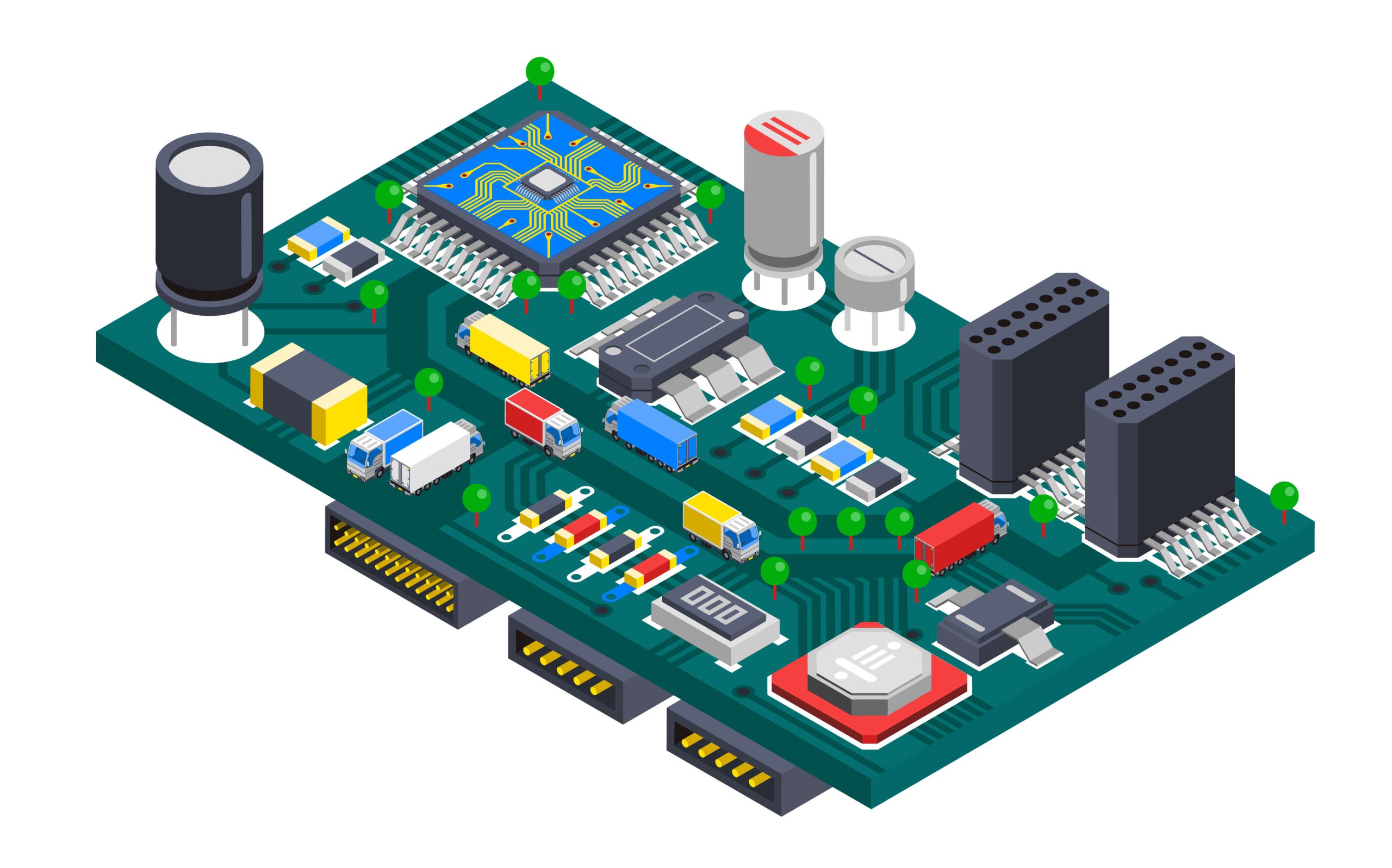
How Embedded Firmware Development Powers IoT Innovation
In today’s hyperconnected world, the Internet of Things (IoT) is transforming the way we live, work, and interact with technology. From smart thermostats to industrial sensors, IoT devices are all around us, quietly collecting data and performing intelligent actions. But what makes these devices truly “smart”? The answer lies in embedded firmware development—the invisible yet vital layer of software that drives innovation across the IoT ecosystem.
Let’s explore how embedded firmware plays a central role in enabling IoT devices and shaping the future of connected technology.
Understanding the Basics: What Is Embedded Firmware?
Embedded firmware is low-level software programmed directly into the memory of a hardware device. It acts as the brain that tells the device how to operate, communicate, and respond to external inputs. Unlike standard software applications that can be easily installed or updated on a computer, firmware is often tightly coupled with the hardware itself.
In the IoT world, this firmware enables devices to function independently, communicate with other systems, and make real-time decisions—without needing constant human intervention.
Let’s explore how embedded firmware plays a central role in enabling IoT devices and shaping the future of connected technology.
Connecting Hardware with Intelligence
The magic of IoT lies in connecting everyday objects with intelligence. Embedded firmware plays a key role in this connection. Whether it’s a smart light bulb adjusting brightness based on natural light or a wearable tracking your heart rate, these devices rely on firmware to translate data from sensors into meaningful actions.
It’s the firmware that instructs a temperature sensor to collect readings, a processor to evaluate them, and a wireless module to send the data to the cloud. Without firmware, IoT devices would be just another piece of hardware.
In the IoT world, this firmware enables devices to function independently, communicate with other systems, and make real-time decisions—without needing constant human intervention.
Let’s explore how embedded firmware plays a central role in enabling IoT devices and shaping the future of connected technology.
Real-Time Response and Performance
IoT environments often require real-time or near-real-time processing. Think about a smoke detector that must immediately trigger an alarm and notify your phone if it senses a fire. These aren’t tasks that can wait.
Embedded firmware ensures that these actions happen instantly and reliably. It handles interrupts, prioritizes tasks, and runs critical code in real-time to maintain safety and performance standards. This real-time capability is crucial in industries such as healthcare, manufacturing, and automotive.
Energy Efficiency: Making Devices Smarter and Greener
IoT devices are often designed to be small, portable, and battery-operated. Firmware is responsible for managing energy consumption intelligently. It might instruct the device to enter a low-power sleep mode when not in use, wake up only when triggered by an event, and optimize the frequency of data transmissions.
A smart meter, for instance, doesn’t need to transmit data every second. The firmware ensures it only sends updates when necessary, conserving power without compromising performance. These small optimizations can lead to significant energy savings, especially at scale.
Enabling Secure Communication
As IoT devices exchange sensitive information—from your personal health stats to business-critical data—security becomes non-negotiable. Firmware is the first line of defense.
A well-developed embedded firmware includes secure boot protocols, encrypted communication, and authentication checks to prevent tampering and data theft. It’s also responsible for ensuring that firmware updates (often done Over-The-Air) are verified and safe before installation. This safeguards devices from being hijacked or corrupted by malicious actors.
OTA Updates: Keeping Devices Future-Ready
In the past, firmware updates often required physical access to a device, which isn’t practical when dealing with thousands—or millions—of IoT devices deployed across different locations. Embedded firmware today supports Over-The-Air (OTA) updates, allowing manufacturers to patch bugs, introduce new features, or fix security vulnerabilities remotely.
This keeps devices relevant and secure long after their initial deployment. Imagine a smart city infrastructure where traffic sensors and parking meters receive regular updates without ever needing to be physically touched. That’s the power of smart firmware.
Scalability for Mass IoT Deployment
As the number of connected devices explodes, scalability becomes a challenge. Embedded firmware must be designed not just for single units but for large-scale deployments. It needs to support provisioning, device identity management, data integrity checks, and seamless cloud integration.
For example, in an industrial setting, a company may install hundreds of vibration sensors on machinery. The firmware in each sensor must work consistently, communicate efficiently, and scale with the overall system. Poorly written firmware could lead to data loss, inconsistent behavior, or even device failure.
Customization and Flexibility
One of the most underrated advantages of embedded firmware development is the ability to tailor the device’s functionality. Firmware isn’t one-size-fits-all. It can be fine-tuned to meet specific application requirements.
In healthcare, for example, a wearable device for cardiac patients may require a completely different firmware configuration than a fitness tracker. Similarly, in agriculture, soil sensors may be customized to monitor moisture and nutrient levels with firmware optimized for those functions.
Electrobits offers expert Embedded Firmware Development Services tailored for smart devices, IoT systems, and industrial solutions. We design, develop, and optimize firmware that ensures seamless hardware-software integration, real-time performance, and secure operation. From concept to deployment, our solutions empower your devices with intelligence, reliability, and efficiency across various industries. Partner with Electrobits for innovation-driven embedded solutions.


